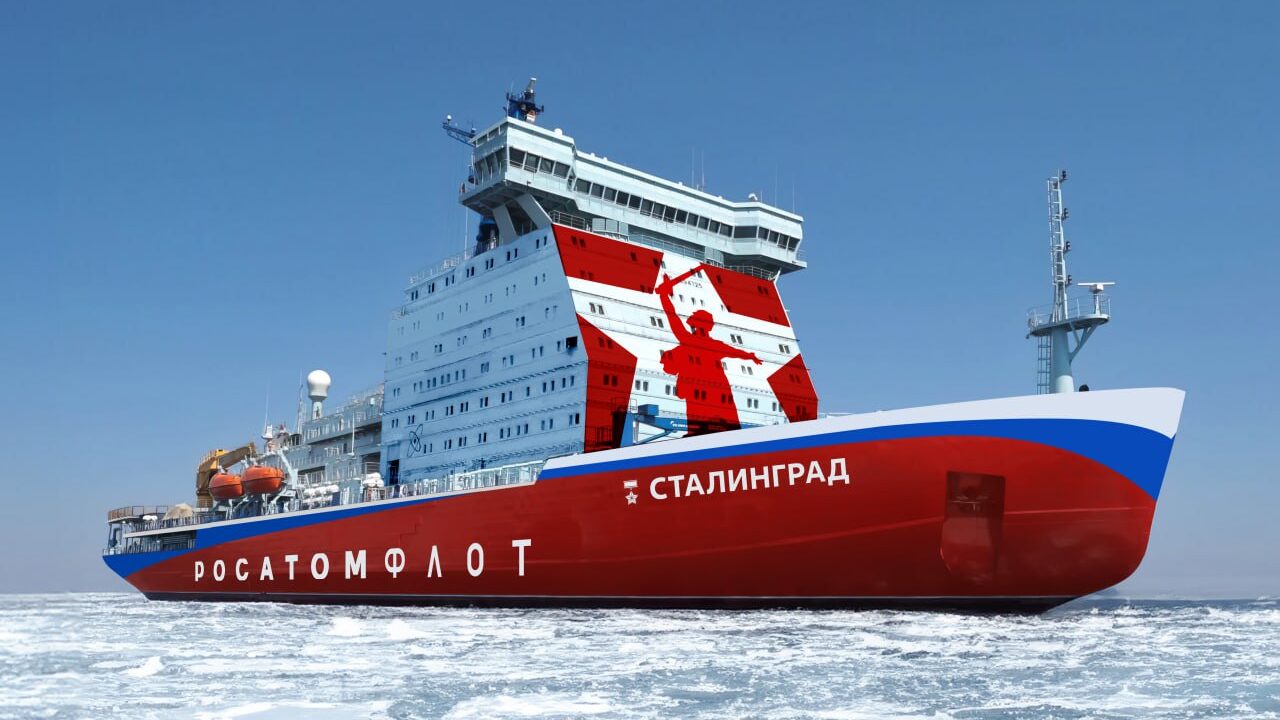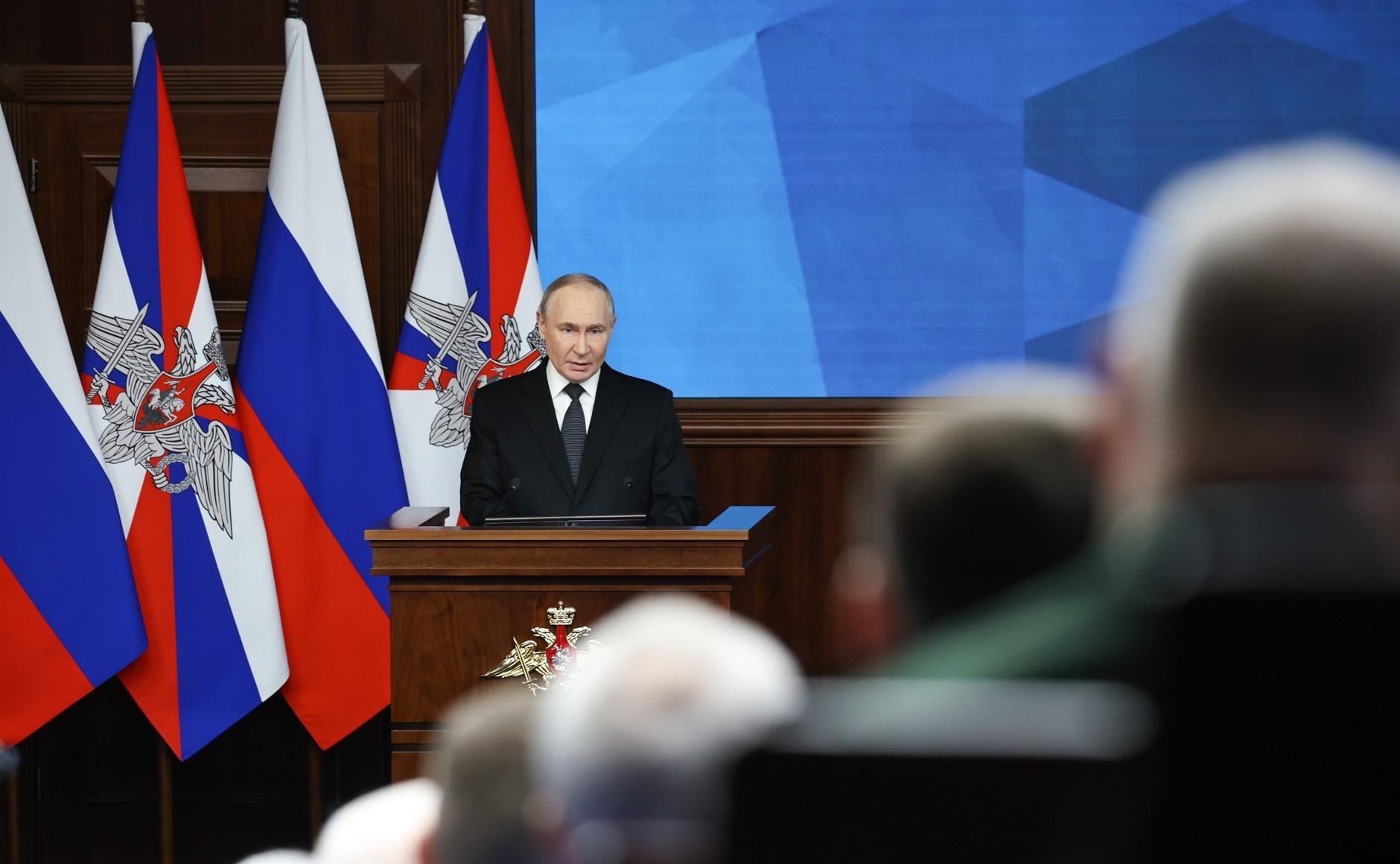
Germany Wrestles With Nord Stream Two’s Implications for European Solidarity
Germany Wrestles With Nord Stream Two’s Implications for European Solidarity
Vladimir Putin started his fourth term as Russia’s president by promising ambitious new social programs (Kremlin.ru, May 7). He may be able to deliver on these promises because the price of petroleum, one of the mainstays of Russia’s state budget, has risen steadily. A barrel of oil, which was $30 two years ago, fetched $70 this week.
Another reason Putin may be optimistic is Germany’s unswerving support for Nord Stream Two, the undersea Baltic pipeline that will supply Russian natural gas directly to Germany and other parts of Europe. Nord Stream Two will double the capacity of the previously built Nord Stream One pipeline from 55 to 110 billion cubic meters per year. German Chancellor Angela Merkel’s government has backed the Russian-led project, despite protests from the European Union and several EU member states. At the same time, Russia’s state-owned Gazprom is building a pipeline that will supply Europe from the south, as well. The goal is to prevent Europe from developing alternatives to Russian gas, which gives the Kremlin important political-economic leverage over the continent (see EDM, April 11).
On May 3, Germany became the first EU country to begin building its portion of Nord Stream Two—in its Baltic Sea port of Lubmin (Pipeline-journal.net, May 3). The construction started before Sweden and Finland signed off on the pipeline running through their waters. The Lubmin work was a poke in the eye to both the European Commission and European Parliament, both of which oppose the project (Europarl.europa.eu, April 11).
By pursuing the pipeline, Germany is also defying the United States and Ukraine. Washington has threatened sanctions against the Nord Stream Two project’s five European partners—Engie, OMV, Shell, Uniper and Wintershall. Moreover, US President Donald Trump called Berlin hypocritical for supporting a Russian revenue project while enjoying the benefits of the North Atlantic Treaty Organization’s (NATO) protective umbrella against Moscow (Whitehouse.gov, April 3).
Russia embarked on Nord Stream to reduce its reliance on gas pipelines to Europe that run through Ukraine. If Russia is able to entirely shift its export volumes away from the Ukrainian pipeline network, Kyiv stands to lose billions of dollars per year in gas transit fees. On a trip to Berlin in early April, Ukraine’s President Petro Poroshenko again failed to persuade Merkel to pull out of the Nord Stream Two project (Kyiv Post, EurActiv, April 10). She has continued to try to soothe both Ukraine and those EU countries worried that Nord Stream Two will not only undermine Ukraine’s economic viability but also keep the European continent dependent on Russian gas. In a meeting with Slovakia’s Prime Minister Peter Pellegrini, Merkel tried to square the circle by calling for “constructive and long-term solutions aiming to keep Ukraine a transit country for Russian gas” (TASS, May 2).
Meanwhile, Russia has chosen a general contractor for its segment of Nord Stream Two—Stroytransgaz, half-owned by President Vladimir Putin’s billionaire friend Gennady Timchenko (RBC, May 3). And Gazprom’s deputy CEO, Aleksandr Medvedev, has even said on Russian TV that he would not rule out a Nord Stream Three, if there is European demand (Vesti, April 24).
Along Europe’s southeastern flank, Gazprom has also completed the first segment of the Turk Stream pipeline, which will send Russian gas under the Black Sea to Turkey and on to southern Europe (Rian.com.ua, April 30). It completed the 900-kilometer segment in less than a year—a record pace for laying complicated deep-water pipeline infrastructure (Gazprom Official Website, Gazprom.com, April 30).
In contrast, it took almost three years to build the 1,345-kilometer Trans-Anatolian Pipeline (TANAP), which will deliver gas overland from Azerbaijan through Georgia (via the South Caucasus Pipeline) to Turkey and beyond to Europe (Natural Gas World, May 2). Work is set to begin June 19 on a pipeline connecting TANAP from the Turkish border to Southeastern Europe.
Germany’s continued support for Nord Stream Two and Washington’s failure to make good on its threats to sanction major Russian gas projects are key reasons why Gazprom continues to build pipelines to Europe. EU member states are not only divided on Nord Stream Two, but also on policies to decrease the continent’s dependence on Russian gas.
Germany wants to import more Russian gas as it phases out coal and nuclear power. And a combination of Russian gas and planned liquefied natural gas (LNG) facilities will make Germany an important European gas hub (Oil Price, March 20). Germany’s support for Nord Stream Two is a double-edged sword for the rest of Europe, however. On the one hand, its plans to become a natural gas hub would boost the EU’s largest economy; and both Berlin and Moscow claim the pipeline will make Europe as a whole more energy-secure. On the other hand, these plans will clearly undermine the EU’s energy-supply diversification efforts by flooding European gas markets with Russian supplies.
The completion of Nord Stream Two, expected for 2019, would increase Moscow’s stranglehold on the continent’s energy supplies. It would also provide Russia with a useful tool to put greater pressure on Ukraine. Given the long-term threat that a number of European leaders say Nord Stream Two poses to the continent, Germany may some day have to choose between its own Russia-related economic and political ambitions and the continued viability of Europe’s political and energy unions.


